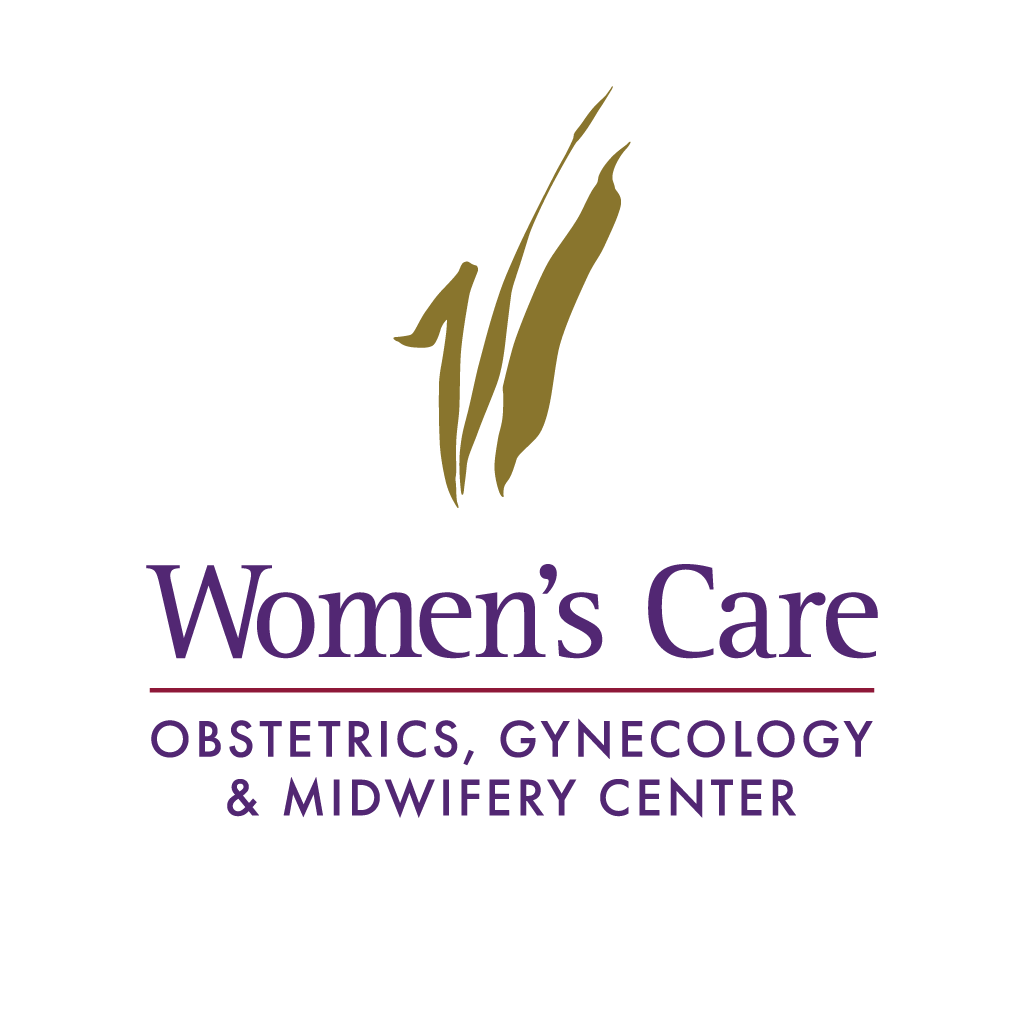Women’s Care Guidelines for Breast Cancer Screening Remain Unchanged
American women and much of the medical community were shocked last November when a federal task force recommended dramatic changes in long-held guidelines for breast cancer screening. For years, the American Cancer Society (ACS) and the American Congress of Obstetricians and Gynecologists have recommended screening mammograms every one to two years for women age 40 to 49, annually for women age 50 and older, and breast self exams for all adult women. However, the U.S. Preventive Services Task Force (USPSTF) has recommended that most women should wait until age 50 to begin mammographic screening unless they’re at high risk for breast cancer. It also recommended that women get screening mammograms every two years instead of annually. And finally, it said doctors should stop teaching women to perform breast self exams.
The USPSTF is an independent group of experts in prevention and primary care appointed by the federal Department of Health. The task force is responsible for reviewing the scientific evidence related to the effectiveness, appropriateness and cost-effectiveness of clinical preventive services in order to help the health care community develop recommendations. While the task force doesn’t have authority to enforce its recommendations, many health care providers rely on the task force’s reviews about the effectiveness of preventive screening tests.
In explaining the rationale for its recommendations, the USPSTF said that although women in their 40s and women in their 50s benefit equally from routine screening mammography, women in their 40s experience greater harms from screening than do women in their 50s. The harms the task force listed were radiation exposure, false positive and false negative results, over-diagnosis, pain during procedures, and anxiety, distress, and other psychological responses.
In response to the USPSTF recommendations, Dr. Otis Brawley, chief medical officer for the ACS, said, “The task force advice is based on its conclusion that screening 1,300 women in their 50s to save one life is worth it, but that screening 1,900 women in their 40s to save a life is not.” He went on to say that the task force’s recommendations “are essentially telling women that mammography at age 40 to 49 saves lives, just not enough of them.”
Not surprisingly, the USPSTF recommendations have been widely criticized by patients and physicians alike. Women’s Care, the ACS, the Susan G. Komen Foundation and many other health care organizations continue to recommend screening mammograms every one to two years and clinical breast exams for all women annually beginning at age 40.
In the past two decades, we’ve made tremendous gains against breast cancer deaths. Early detection as a result of mammography is making the biggest difference, and the combination of better treatments and greater breast cancer awareness runs a close second, says the ACS. Between 1950 and the late 1980s, overall death rates from breast cancer were high and remained relatively stable. But when screening mammograms came into wider use in the 1990s, death rates began to fall steadily and continue to decline today. Thanks to early detection, 61% of breast cancers are currently diagnosed at a localized stage, for which the five-year survival rate is 98%.
At Women’s Care, we take seriously our role as your health partner and advocate. If you have questions or concerns about the benefits, limitations and potential harms linked with regular mammography, please ask. You should know that mammograms can miss some cancers, and they sometimes show false positives. Despite their limitations, however, they remain a valuable tool for detecting breast cancer. We believe our patients deserve every tool available to detect breast cancer early, and for that reason we will continue to recommend annual screening mammograms for all patients age 40 and older. We will also continue the very important work of teaching our patients to do breast self exams to encourage greater awareness of breast health.
